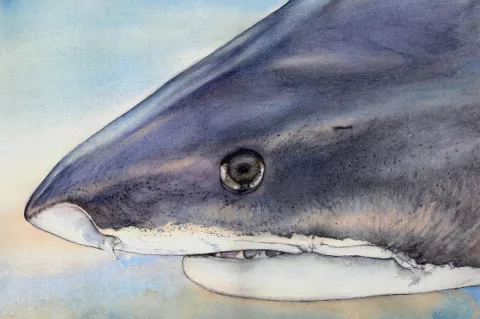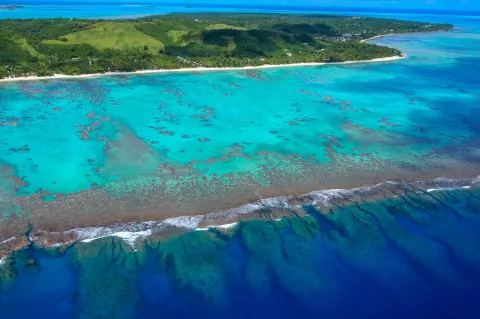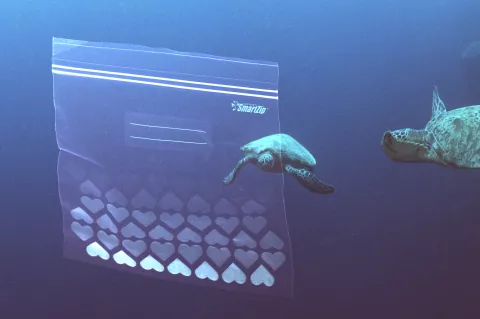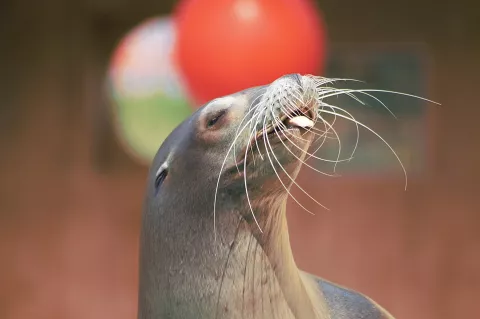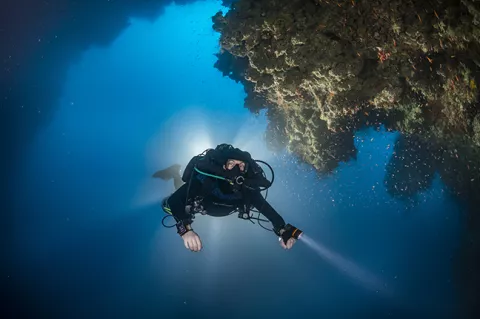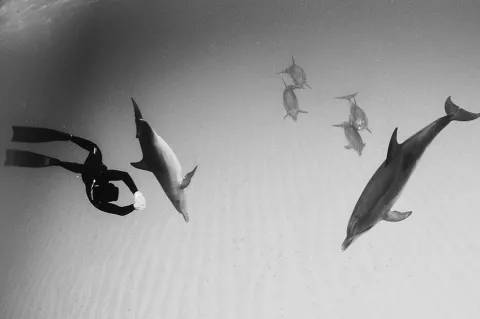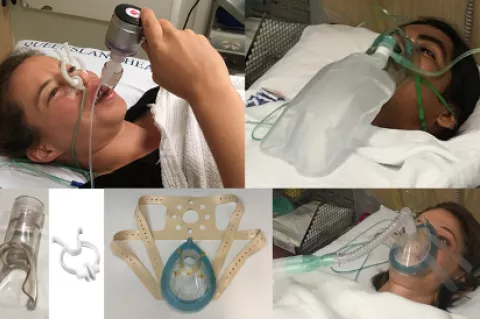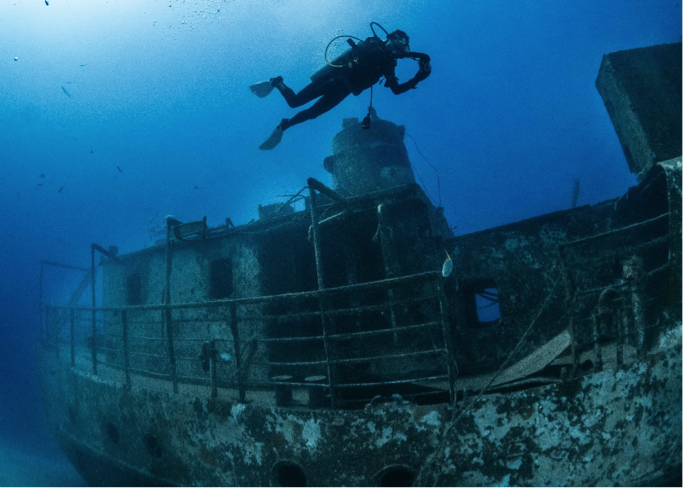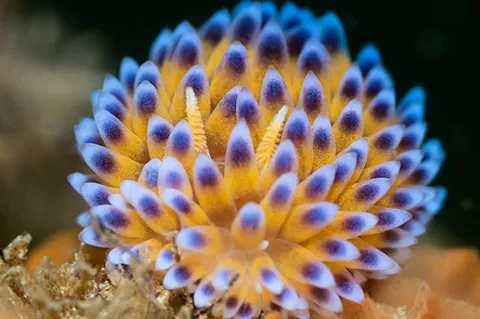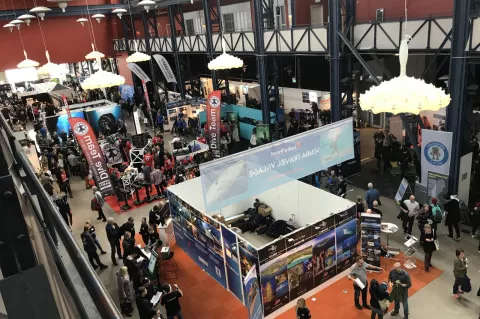Reassessing Our Priorities — and keeping a cool head
Who would have thought that the day would come when I would publicly state that there are more important things in life than diving. After all, the aquatic environment has been my passion and calling for as long as I can remember. I was that toddler on the beach collecting starfish and small crabs in my red bucket, the public swimming pool was my preferred playground after school, and I specialised in aquatic ecology for my master's degree, not to mention taking up diving early on and becoming an underwater photographer.



